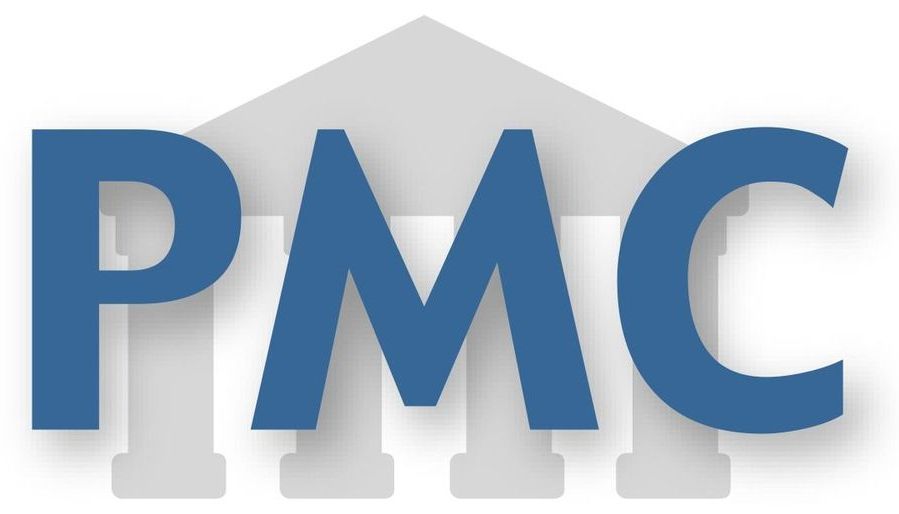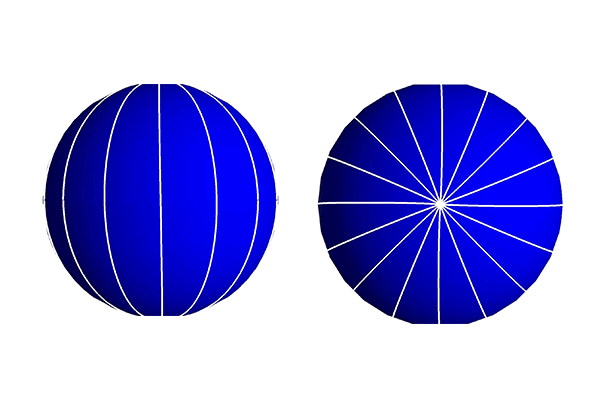Physicists have watched a chain of 15 amino acids interfere with itself, in an experiment that paves the way for a new era of quantum biology.



ROME (Thomson Reuters Foundation) — It may sound like science fiction, but in a few short years the family dinner table may be laden with steak from a printer and other proteins produced from air, methane or volcanic microbes.
With the explosive success of vegan beef and burger substitutes developed by Beyond Meat and Impossible Foods, the alternative protein sector just keeps growing.
According to investment bank Barclays, alternative meat sales could reach $140 billion — or 10% of the global meat industry — within a decade, or a 10-fold increase from current levels.



By contemplating the full spectrum of scenarios of the coming technological singularity many can place their bets in favor of the Cybernetic Singularity which is a sure path to digital immortality and godhood as opposed to the AI Singularity when Homo sapiens is retired as a senescent parent. This meta-system transition from the networked Global Brain to the Gaian Mind is all about evolution of our own individual minds, it’s all about our own Self-Transcendence. https://www.ecstadelic.net/top-stories/the-ouroboros-code-br…etaphysics #OuroborosCode
All AI & Cybernetics Cognitive Science Complexity Consciousness Cosmology Digital Philosophy Digital Physics Economics Emergence Environment Epigenetics Ethics Evolution Evolutionary Biology Experiential Realism Experimental Science Fermi Paradox Free Will Vs. Determinism Futurism Gaia 2.0 Global Brain Immortality Machine Learning Mathematics Memetics Mind Uploading Nanotechnology Neo Transcendentalism Neural Networks Neurophilosophy Neuroscience Phenomenology Philosophy Of Mind Physics Of Time Psychedelics Psychology Quantum Computing Quantum Gravity Quantum Physics Sci Fi Simulation Hypothesis Sociology Spirituality Technological Singularity Theology Transhumanism Virtual Reality

Space — also commonly known as the final frontier — has left us in a state of awe since we ever first laid eyes on it. Inspired by numerous works of science fiction, we’ve made it a mission of ours to not only explore space but to colonize its planets as we continue searching for a secondary home.
And while our efforts have been mildly successful thus far, a group of non-biological “creatures” have already achieved the difficult task of conquering space. They’re known as robots.
Whether on the International Space Station (ISS) or on another planet, these automated machines have extended our reach into the cosmos far better than any actual human hand has accomplished. It all started in 1969 when the Soviets made the first attempt to land a robotic rover, known as Lunokhod 0, onto the Lunar surface of our Moon. Unfortunately for the Soviets, the rover was unsuccessful in its landing; instead crashing down after a failed start.

Within a cell system structure dictates function. Any interaction between cells, or a cell and its environment, has the potential to have long term implications on the function of a given cell and emerging cell aggregates. The structure and function of cells are continuously subjected to modification by electrical and chemical stimuli. However, biological systems are also subjected to an ever-present influence: the electromagnetic (EM) environment. Biological systems have the potential to be influenced by subtle energies which are exchanged at atomic and subatomic scales as EM phenomena. These energy exchanges have the potential to manifest at higher orders of discourse and affect the output (behavior) of a biological system. Here we describe theoretical and experimental evidence of EM influence on cells and the integration of whole systems. Even weak interactions between EM energies and biological systems display the potential to affect a developing system. We suggest the growing literature of EM effects on biological systems has significant implications to the cell and its functional aggregates.
Keywords: electromagnetic fields, consciousness, structure-function, cell aggregation, environmental influences.
A biological system is dependent upon inter- and intra-cellular communication for its development, maintenance, and proliferation. This communication allows an individual cell to interact with neighboring cell systems as well as its environment. The literature concerning intra- and inter-cellular communication is rapidly growing, focusing on electrical and chemical mechanisms (Qian, 2007; Nielsen et al., 2012; Venturi and Fugua, 2013). However the means by which a biological system can communicate, or interact, through a non-chemical non-electrical medium have yet to be extensively examined. There have been initial studies on the possible contributions of the electromagnetic (EM) spectrum (non-chemical non-electrical) to biological systems (Gurwitsch, 1926; van Wijk et al., 1993; Cifra et al., 2011). These studies have demonstrated that there is, at the very biological systems and the EM spectrum.

David Sinclair, professor of genetics at Harvard Medical School, discusses his new book “Lifespan”, which distills his cutting-edge research findings on the biological processes underpinning aging. Sinclair describes lifestyle hacks we can undertake now to combat aging, as well as future scientific breakthroughs that promise to slow down—and even reverse—the aging process.
Moderated by: Sam Phippen
Get the book: https://goo.gle/2LXCd2P

From the intricate patterns of pollen grains to the logarithmic spirals of nautilus shells, biology is full of complex patterns, shapes, and geometries. Many of these intricate structures play important roles in biological function, but can be difficult to create in a lab without state-of-the-art equipment or expensive and energy-consuming processes and materials.
A new study describes how spheres can be transformed into twisted spindles thanks to insights from 16th century navigational tools. Researchers show how polymers can contract into spiral structures, known as loxodromes, that have complex patterning ten times smaller than the width of a human hair. Published in Physical Review Letters, the research was conducted by University of Pennsylvania graduate student Helen Ansell, postdoc Daeseok Kim, and professors Randall Kamien and Eleni Katifori in the School of Arts and Sciences, in collaboration with Teresa Lopez-Leon of the École Supérieure de Physique et de Chimie Industrielles de la Ville de Paris (ESPCI).
Kim, who worked on this project at ESPCI before coming to Penn, was inspired by other studies showing that a mixture of polymer and liquid crystal took on a new shape when placed in a different solvent. It was a change that was also reversible and reproducible, with little to no energy required to cause the change in shape.